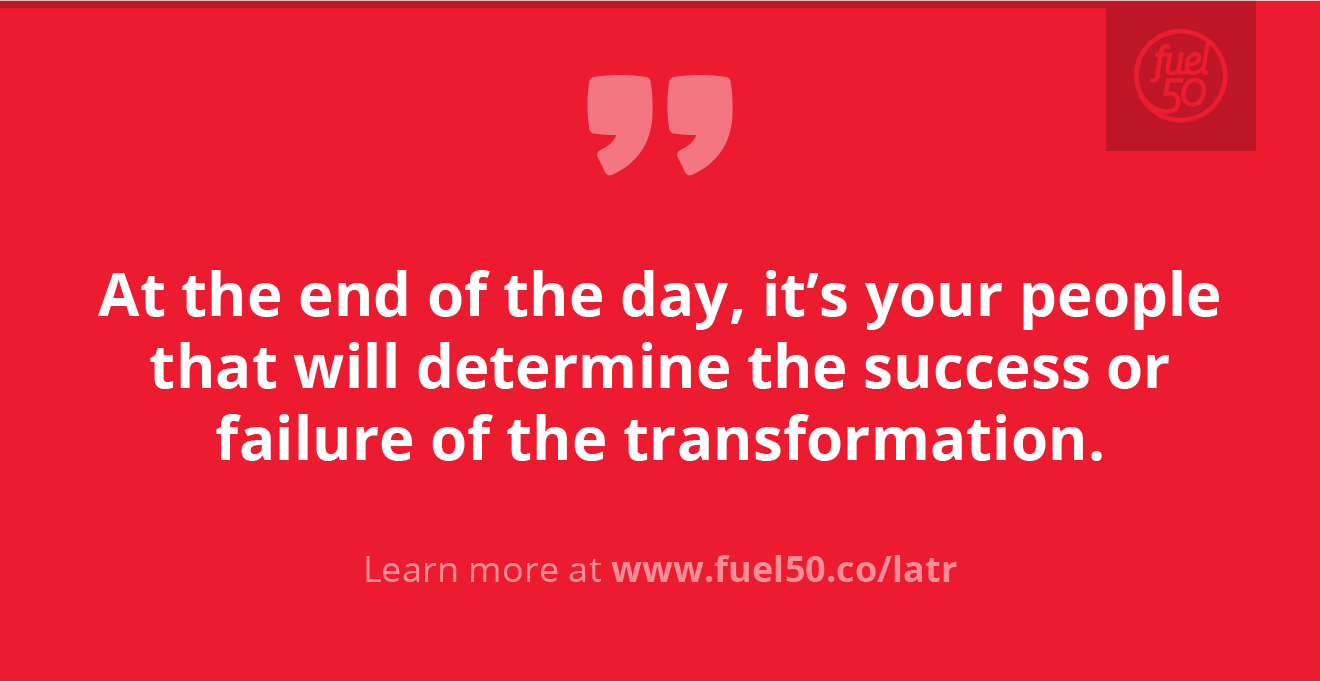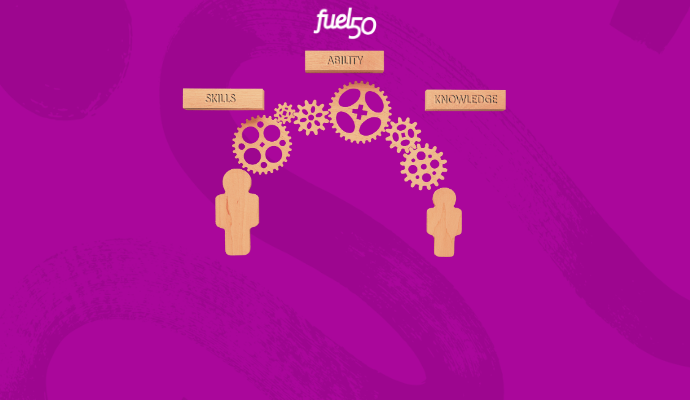Originally published on Forbes. Written by Anne Fulton, CEO and Founder of Fuel50.
The greatest revolutions have sparked pivotal and meaningful change. When we reflect on these monumental moments in history, many lessons can be learned and adapted to the changes we need today. We are operating in an incredibly fast-paced world: one that demands talent transformation to unlock the full potential of your people and build an agile, innovative, and sustainable workforce.
Organizations are adopting skills-based strategies and technologies to adopt more dynamic and fluid ways of working. But how can we make sure this new approach is truly accepted and embraced by employees to guarantee its effectiveness?
Focus on People Change, not Organizational Change
When thinking about great leaders such as Martin Luther King Jr., Mahatma Gandhi, Dolores Huerta, and Cesar Chavez – what made their revolutions so successful was their ability to unite people to create a movement for change.
Even the most charismatic, visionary, and engaging leaders won’t get very far in their revolution without the support of the people. The same can be said for talent transformation – without the support of your key stakeholders – from executive leadership and middle managers to employees – your initiatives can only run so deep.
At the end of the day, it’s your people that will determine the success or failure of the transformation. Understanding this from the get-go and adding that extra layer of intention and consideration of all stakeholders involved will put the organization in a better position to succeed.

Develop an Inspiring ‘Why’ for Your Talent Transformation
Revolutionary leaders created a vision of a better future through thoughtful, clever language – an inspiring ‘why’ people could rally around and relentlessly commit to. Conceptualizing and articulating the why behind the change is how you get a groundswell of support across an organization.
Amy Centers, VP of Client Transformation Solutions at Fuel50 says you must provide a compelling case for how they will be better off or what they get from engaging in the change. You must answer, “What’s in it for me?”.
Being mindful to spotlight key leader WIIFM (what’s in it for me) messaging, along with clear and complete context for the change, will go a long way in helping leaders realize the benefits of a talent marketplace across their team and business.”
A strong talent transformation strategy encourages internal mobility that can save the organization a significant amount of money. Through this strategy, employees can develop their careers internally, increase productivity and engagement, strengthen institutional knowledge, and the organization is better equipped for the future.
Communicating these reasons clearly outlines the ‘why’ for this change, and reiterates the message that the organization has everyone’s best interests in mind.
Commit to Long-Term Transformation
Revolutionary change doesn’t happen overnight, it takes ongoing persistence and commitment. If you want to shift organizational culture, everyone must commit and reinforce the structure required to build this change. Creating a culture deeply focused on development and growth will help make this change successful.
With any organizational change, this must start from the top down. If leadership prioritizes development, it gives everybody else in the organization permission to prioritize their development as well.
Seeing managers and senior leaders be committed to talent transformation and leading by example will create a flow-on effect for employees to do the same, effectively unifying the organization towards a collective cause.






